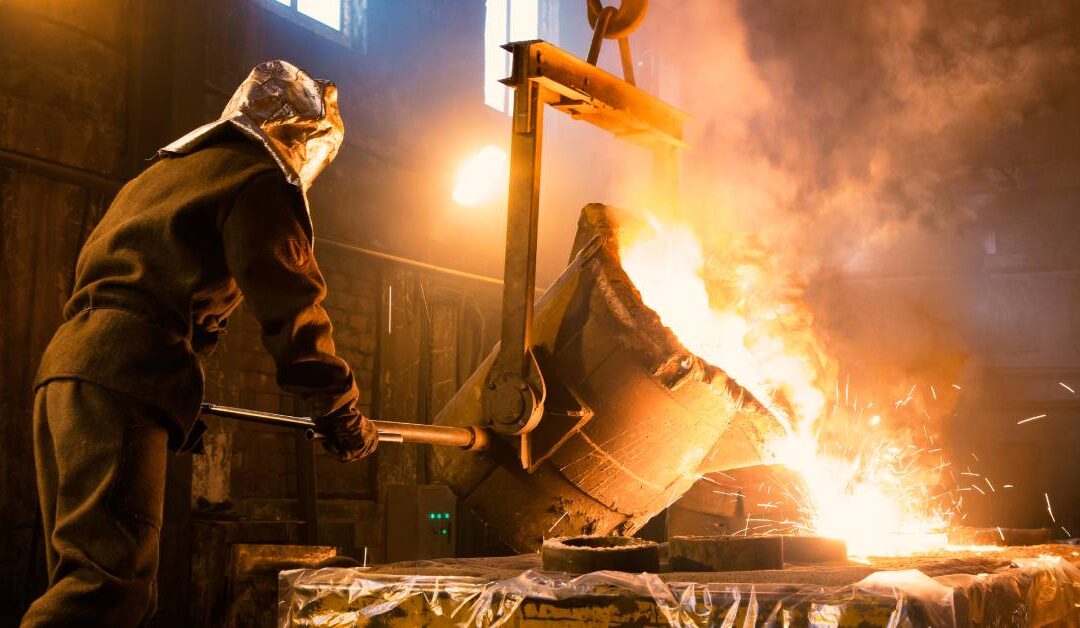Specialty metals can benefit from the wide range of metal casting techniques we have today. Each method offers unique advantages that enable tailoring production to your specific needs. Looking into different metal casting techniques shows that whether you need high precision or fast production, there’s a type out there to meet your goals.
Sand Casting
As one of the oldest and most versatile forms of casting, sand casting involves creating mold from sand. Molten metal is poured into a sand mold, which forms the pattern of the desired shape. After cooling down, the material hardens into the pattern’s shape. It’s a perfect metal casting technique to look at for crafting different types of large parts with intricate patterns.
Industries such as automotive and aerospace require these complex and robust components that sand casting can provide. Companies favor its ability to adapt with ease to accommodate large-scale productions.
Investment Casting
Another option that’s capable of remarkable precision is investment casting. The process involves encasing a wax model of the item in a ceramic shell, then melting the wax away. The result is a detailed mold.
Bronze casting manufacturers mold the alloys into intricate detailing or small parts using investment casting. This technique is ideal for industries like jewelry, dental equipment, and specialized machine components. Its valuable ability to produce fine details isn’t possible with other methods.
Die Casting
For fast production and accurate tolerances, look no further than die casting. This is a great option for industries like electronics or consumer goods, where you may need a lot of small-to-medium sized parts quickly. The process for creating these parts involves pushing molten metal into a mold that undergoes high pressure. It can consistently deliver the quality that companies are looking for and is an efficient way to produce complex shapes with excellent surface finishes.
Centrifugal Casting
Centrifugal casting is a remarkable casting technique that takes centrifugal force and uses it to spread molten metal around a spinning mold. For businesses that produce cylindrical parts like pipes or bushings, it’s a fitting option that can streamline your operations. The spinning mold filters out impurities to the inner surface, giving you high-quality dense castings. It’s a tried-and-true method that creates seamless tubes and rings needed for high-pressure vessels and structural parts.
With a range of several metal casting techniques to choose from, the choice depends on what suits your needs the best. Each method has its own advantages for different situations—whether it’s the precision of investment casting or the speed of die casting.
Familiarizing yourself with these techniques can help you pick the best method for your business and product requirements. Whether you’re working with bronze casting alloys or other specialty metals, partnering with Wieland Diversified offers the flexibility to produce quality components that meet industry standards.

